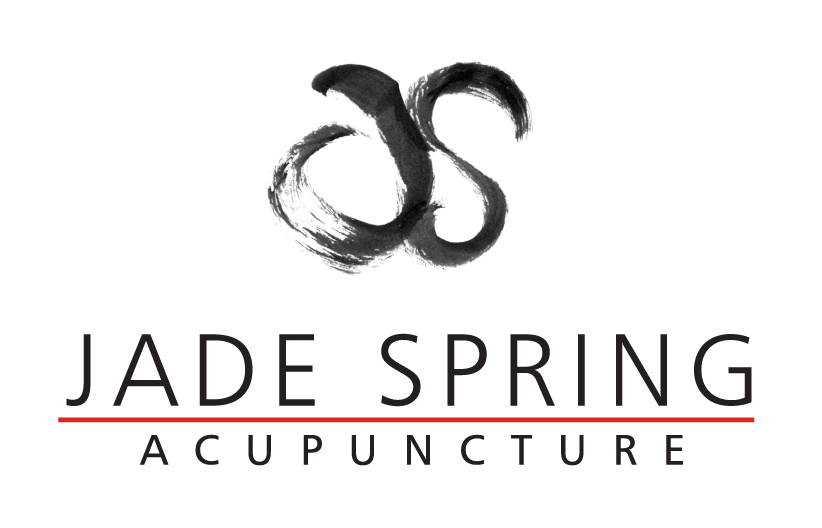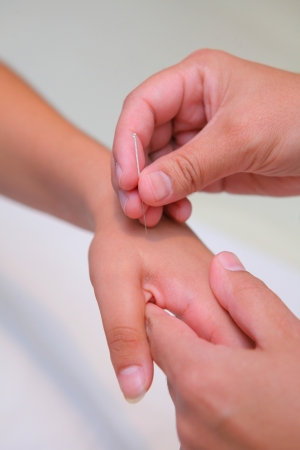How Acupuncture Works
Acupuncture works by activating your body’s own healing process. You are equipped with everything you need to heal and acupuncture is a way to tap into this amazing potential. Your body produces its own pain-relieving and anti-inflammatory substances, hormones, neuropeptides, and red and white blood cells to enable you to heal, and acupuncture boosts these processes and helps focus them on areas of concern.
We often think, that if a health problem lingers, this means it’s beyond our bodies ability to heal. In fact, just as we usually don’t get 100% of our brain’s computing power or our muscle’s strength, so too do we rarely get 100% of our healing ability. A course of treatment by a well-trained practitioner of Chinese Medicine is usually enough to support the body to tip it into healing and improvement.
From a Western medical standpoint, our healing is activated because inserting sterile acupuncture needles creates a micro-trauma and signals our body to mobilize our healing resources. Studies have shown that acupuncture soothes the nervous system, regulates the endocrine systems, boosts immunity, and decreases pain and inflammation.
From a Chinese Medicine perspective, the use of needles adjusts and regulates the smooth flow of Qi (life force) throughout a system of channels that supply and support our organs. Acupuncture boosts Qi were there is deficiency, and moves Qi where there is stagnation. Qi reaching & nourishing all parts of our body is the foundation of balance and health.
What is the treatment process?
The treatment process has a clear beginning, middle and end and unfolds in a distinct progression in which treatments are cumulative and build on each other.
The beginning
When we first start addressing a health problem with acupuncture, it is important to gather enough momentum with treatments so that your body reaches a tipping point, where the healing potential is stronger than the presenting problem. If you wait too long between appointments, your body goes back into the patterns of imbalance that create symptoms, and it is difficult to generate enough momentum to tip you into healing and recovery.
That's why, initially, we space treatments fairly close together. You might come in twice a week for the first week or two, or at at minimum three times in the first 10-14 days. This is important so we can mobilize your body's healing resources and spark some improvement.
The middle
Once recovery is sparked, we treat once a week to ride the momentum generated at the beginning of the process until the symptoms are either completely overcome or until we reach a plateau (that's when treatments no longer lessen symptoms week to week).
The end
At this point it is good to start spacing treatments further apart, initially treating every other week, and then every 3-4 weeks to see if your body can hold on to the gains made, and maintain your new level of health. Should there be any back-sliding and symptoms start returning, that means that your body needs a little more help and a few more weekly treatments are called for.
Once you can go for 2, then 3, then 4 weeks without back-sliding, the course of treatment can be considered completed. At this point you might consider maintenance treatments every 4-8 weeks.
Maximizing therapeutic benefit
Knowing the best way to space treatments determines the success and outcome of your treatment, and influences how to get the most benefit out of the financial and time commitment you are making each time you get treated.
Here are some of the pitfalls that can interfere with getting the best treatment outcome:
If treatments are spaced too far apart initially, we cannot spark enough momentum to carry us towards the tipping point to improvement.
When the treatment process is stopped too soon, we cannot ride and accelerate momentum towards fully turning the problem around.
When we stop before the end is reached, we don't solidify the gains made during the course of treatment and the problem is more likely to return.


